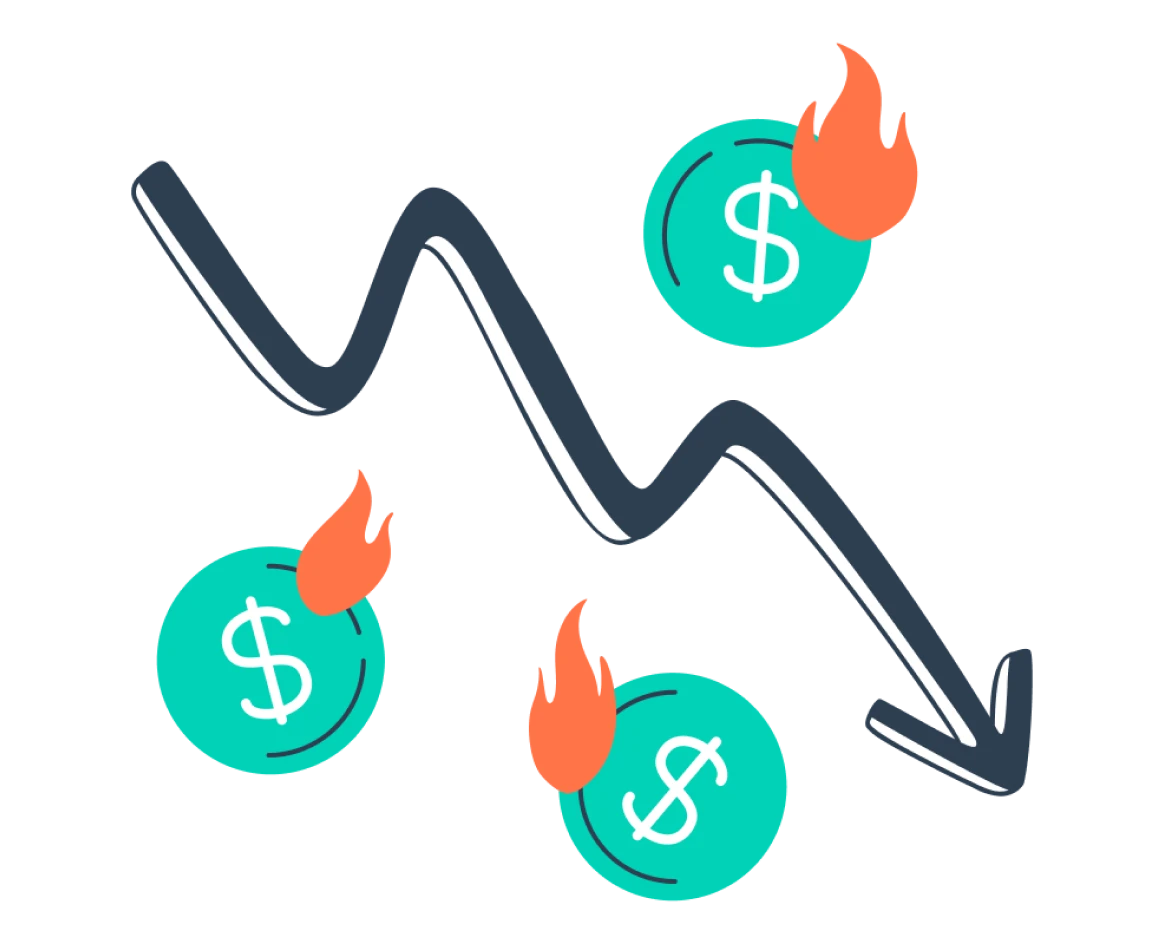High-Risk Merchant
Account: Price Guide
Understanding high-risk merchant pricing & fees: clear answers in a complex space.
Need a high-risk merchant account?
Helping Clients Save On 'High-Risk' Fees Since 2010

Your Guide to High-Risk Merchant Account Fees & Rates in 2025
When working with high-risk businesses, merchant account fees tend to be higher than usual. These extra costs are there to help cover the risks involved, and in a way, you're paying money to be able to make money.
At its core, a merchant account is just a type of bank account designed to process payments. If a business doesn’t have one, it can’t accept credit or debit cards, which are the go-to choice for most customers these days. But, not every merchant account is built the same.
For high-risk businesses, they need a high-risk merchant account to get the right kind of payment processing support they need to operate smoothly.
High-Risk Merchant
Account Price Guide
A Quick Breakdown
High-risk merchant accounts are designed for businesses more likely to face issues like chargebacks, fraud, or other payment problems. These businesses often struggle to get a regular merchant account, so they turn to high-risk accounts. Because there's more risk involved, the fees for these accounts are usually higher than for standard accounts.
These fees can vary depending on things like the type of business, how much you process in transactions, and your overall risk level. High-risk accounts might also come with extra fees for things like chargeback protection and security measures, and different payment processors may have their own pricing.
Why High-Risk Merchant Accounts Cost More
Since high-risk businesses are seen as a bigger liability, account providers charge higher fees to cover the risk. For example, high-risk businesses tend to get more chargebacks, which cost the provider money. To make up for that, the processor charges more for their services. They might also ask for extra security, like a rolling reserve, to protect themselves. All of this adds up to higher fees for high-risk merchant accounts.
What Makes a Business High-Risk?
Many business owners don’t realize they’re considered high-risk until they try to get a merchant account. Common factors that land a business in this category include:
Operating in a high-risk industry
High transaction volume or big average sales
A high chance of chargebacks
A greater risk of credit card fraud
New businesses with limited history
Low credit scores, either personal or business
Types of Risk for High-Risk Merchants
For companies providing high-risk merchant accounts, two main risks stand out: chargebacks and reputation damage.
Chargeback Risk
High-risk businesses often deal with more chargebacks, where customers dispute a charge on their credit card. Chargebacks are costly and time-consuming for processors, banks, and card networks, so they try to avoid working with businesses that generate a lot of them.
Reputation Risk
Some high-risk businesses are in industries that are seen as controversial or heavily regulated. Banks may not want to be associated with these types of businesses, making it harder for them to get a merchant account.
Fluctuating Fees Based on Risk
Chargeback Fees
When a business has a lot of chargebacks, they lose both the sale and face extra fees from the payment processor. High-risk businesses usually pay higher chargeback fees.
Transaction Rates
This is the percentage of each sale that goes to the merchant account provider. As expected, higher-risk businesses typically pay higher transaction rates.
Monthly Fees
Some providers charge a monthly service fee. Again, the higher the risk, the higher the monthly fee.
Reserve Accounts
A reserve account is where a percentage of each sale is held by the provider to cover potential losses. The higher the risk, the larger the reserve amount required.
Fixed Fees Regardless of Risk Level
Refund Fees
When a customer asks for a refund, the business may face a fee from the provider. This fee stays the same no matter how risky the business is, but merchants should account for it in their pricing.
PCI Compliance Fees
PCI compliance is mandatory for businesses that accept credit cards, and failing to meet standards can result in fees. Some providers charge a PCI compliance fee to cover the costs of maintaining these security measures.
Security Fees
Most providers offer security services, such as chargeback protection, at a fixed cost, regardless of the business's risk level.
Termination Fees
If you end your contract early, you might face a termination fee. These fees don’t change based on business size, industry, or risk, making them fairly standard across the board.

Need a High-Risk Merchant Account?
Expert guidance & solutions for every step of your high-risk payment processing journey.
Become a Zenti Revenue Partner!
Refer high-risk merchants and earn revenue with Zenti.
Powerful and Easy-To-Use APIs
Save engineering time with advanced payments functionality.
